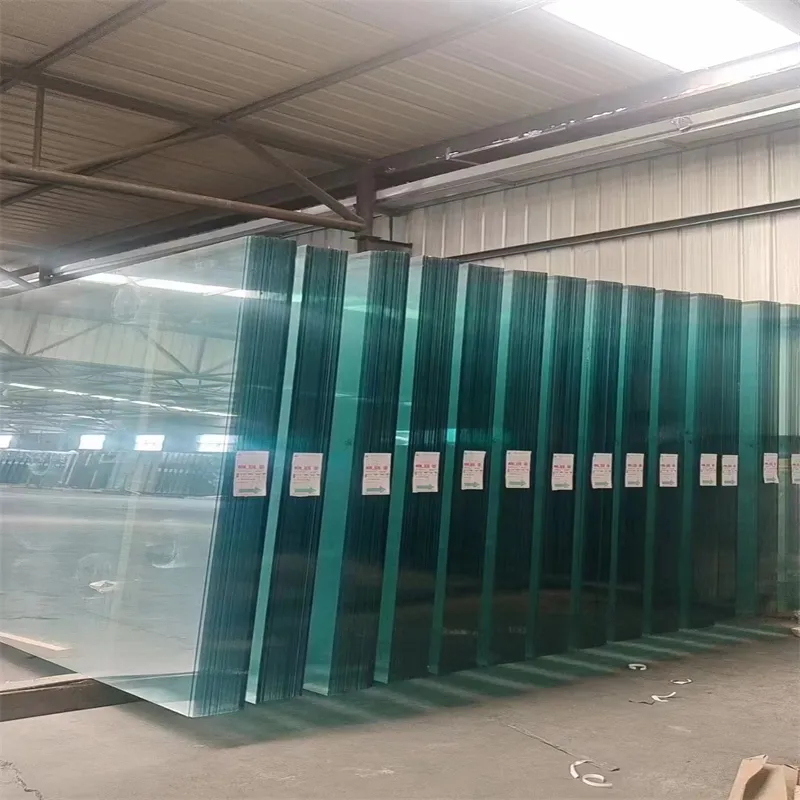Dec . 25, 2024 02:02 Back to list
Cost Analysis of Heat Reflective Glass for Energy Efficiency Solutions
Understanding Heat Reflective Glass Prices
As the demand for energy-efficient building materials continues to grow, heat reflective glass has emerged as a popular choice for both residential and commercial properties. This specialized type of glass offers numerous benefits, including reduced energy costs, improved indoor comfort, and enhanced aesthetic appeal. However, one of the primary considerations for builders, architects, and homeowners alike is the price of heat reflective glass. In this article, we will explore the factors influencing the price of heat reflective glass and the advantages that can justify the investment.
What is Heat Reflective Glass?
Heat reflective glass, often referred to as low-emissivity (Low-E) glass, is coated with a transparent layer that reflects a significant portion of solar radiation while allowing visible light to pass through. This property makes it particularly valuable in regions where heat management is essential for maintaining comfortable indoor temperatures and reducing air conditioning costs.
Factors Influencing Price
1. Type of Coating The technology behind the reflective coating can significantly affect the price. There are different types of coatings available, including silver-based and ceramic-based, with silver-based coatings generally being more expensive due to their superior performance in reflecting heat.
2. Glass Thickness The thickness of the glass can also influence the cost. Thicker glass is generally more expensive, but it provides added durability and insulation, enhancing both energy efficiency and noise reduction.
3. Size and Customization Custom sizes and shapes of heat reflective glass are available, but these typically come at a premium. Standard sizes are more affordable, but if a project requires unusual dimensions, the cost will naturally rise.
4. Manufacturing Technique Different manufacturing processes, such as float glass or tempered glass techniques, can lead to variations in price. Tempered glass is stronger and more resilient, but it also tends to cost more due to the additional processing required.
5. Brand and Quality The market features various brands and manufacturers, each with its own pricing structure based on quality, technology, and brand reputation. Premium brands may offer enhanced performance characteristics that justify a higher price.
heat reflective glass price

6. Market Demand Economic factors, including supply chain issues, material shortages, and increased demand due to climate concerns, can cause fluctuations in pricing. Understanding the current market trends is essential for buyers looking to make informed decisions.
Benefits That Justify the Cost
While heat reflective glass may come at a higher upfront cost compared to standard glass, the long-term benefits provide a compelling justification for the investment.
1. Energy Savings One of the most significant advantages of heat reflective glass is its ability to reduce energy costs. By keeping indoor temperatures lower, it minimizes reliance on air conditioning systems, leading to substantial savings on energy bills over time.
2. Comfort This type of glass helps maintain consistent indoor temperatures, reducing hot spots and cold drafts. As a result, occupants experience a higher level of comfort, making it an attractive option for both homes and workplaces.
3. UV Protection Heat reflective glass also provides a measure of protection against harmful ultraviolet (UV) rays. This can help preserve furniture, flooring, and artwork from fading, extending their lifespan and maintaining aesthetic appeal.
4. Enhanced Aesthetics With the ability to reflect heat without compromising natural light, heat reflective glass allows for larger windows and glass facades, enhancing the overall appearance of a building while contributing to its energy efficiency.
5. Sustainability As more people become aware of the importance of sustainable building practices, investing in energy-efficient materials like heat reflective glass aligns with environmentally conscious goals. This can be a selling point for properties in the current market.
Conclusion
The price of heat reflective glass varies widely based on several factors, including type of coating, thickness, and manufacturing techniques. However, the potential for energy savings, improved comfort, and enhanced aesthetics makes heat reflective glass a worthwhile investment for many building projects. As we move towards a more energy-conscious future, understanding and embracing the benefits of heat reflective glass is crucial for creating sustainable and comfortable living environments. Ultimately, the initial costs can be overshadowed by the long-term savings and advantages it provides.
-
Safety and Style with Premium Laminated Glass Solutions
NewsJun.24,2025
-
Reinvents Security with Premium Wired Glass
NewsJun.24,2025
-
Premium Float Glass Line for Modern Architecture
NewsJun.24,2025
-
Low Emissivity Glass for Energy-Efficient Architecture
NewsJun.24,2025
-
High-Performance Insulated Glass Solutions for Modern Architecture
NewsJun.24,2025
-
Elevates Interior Style with Premium Silver Mirror
NewsJun.24,2025
Related PRODUCTS














